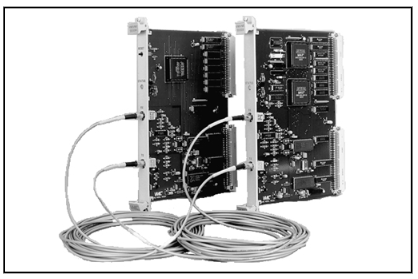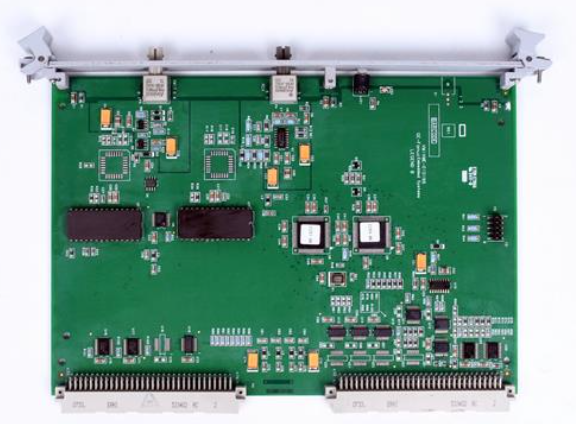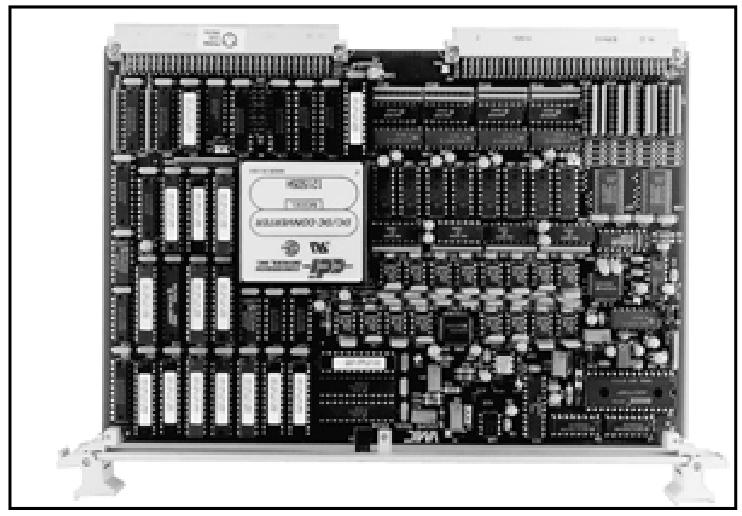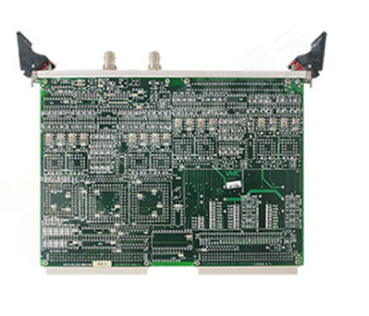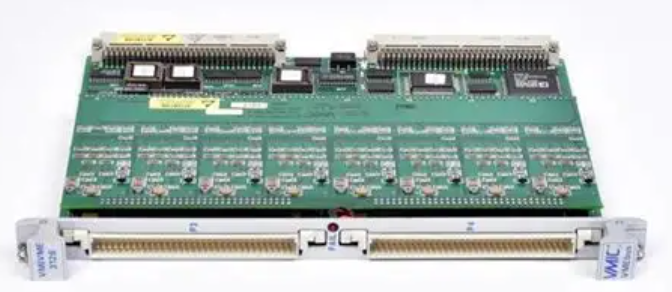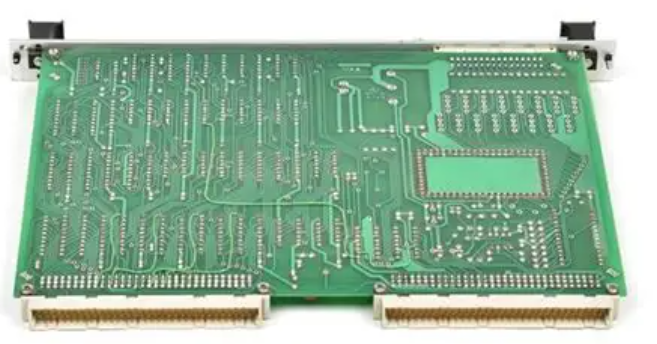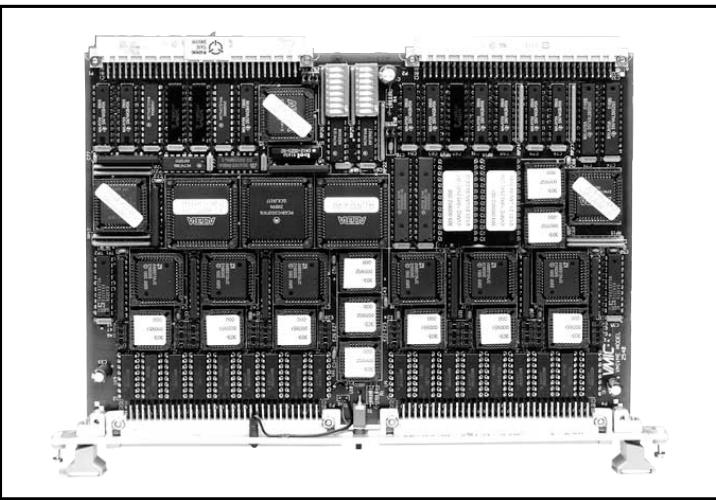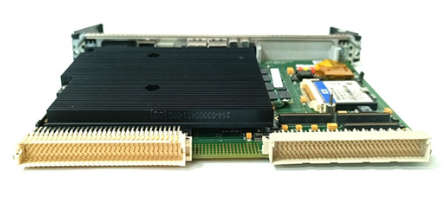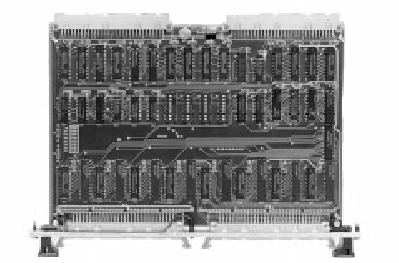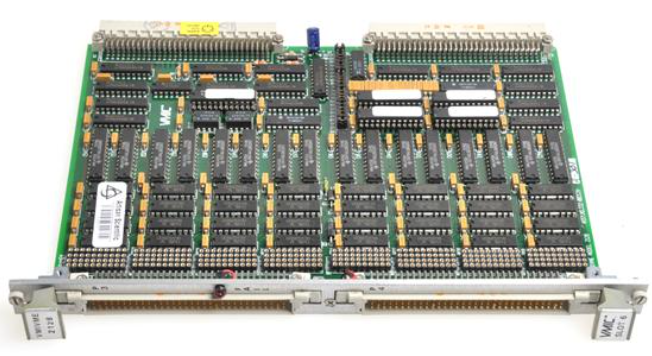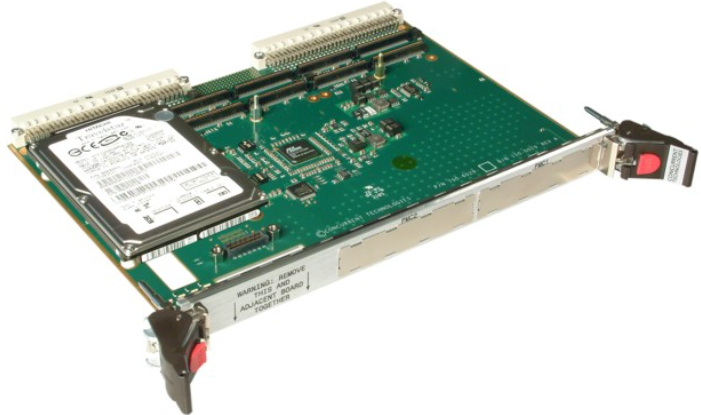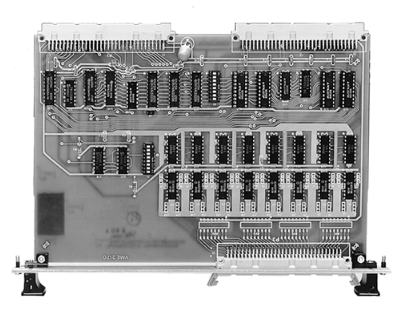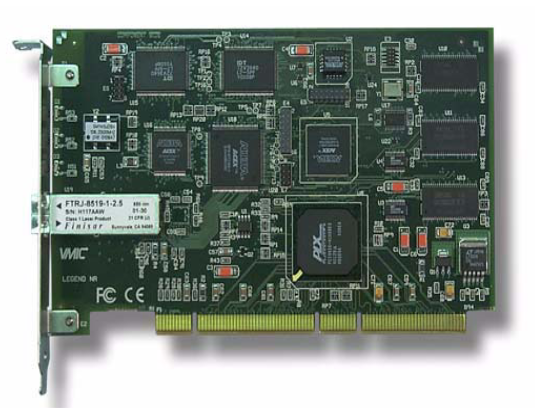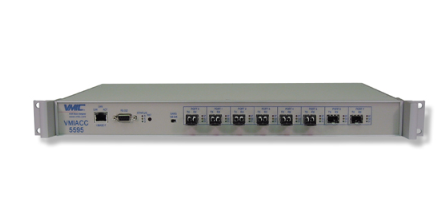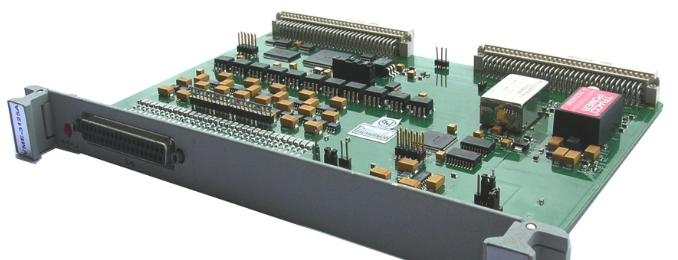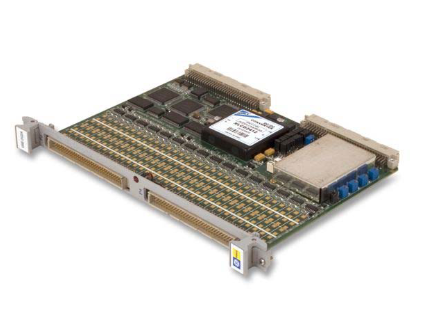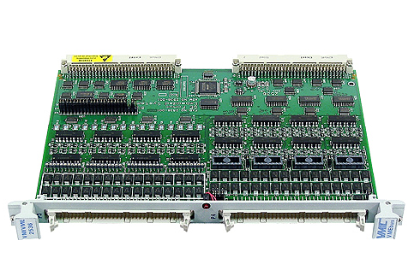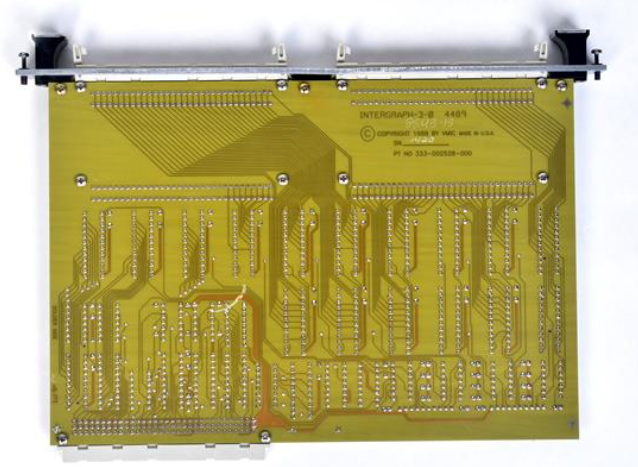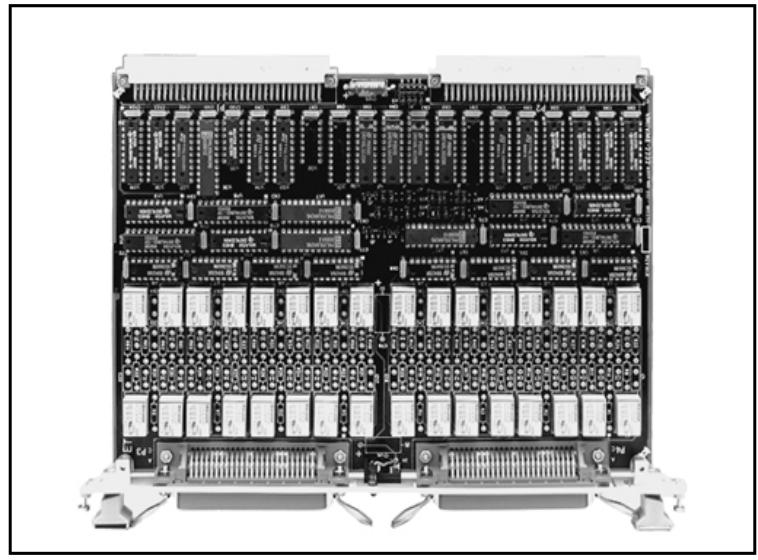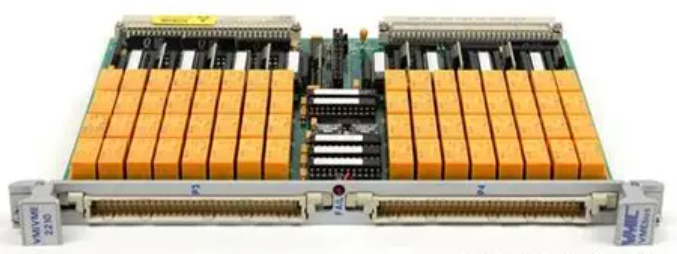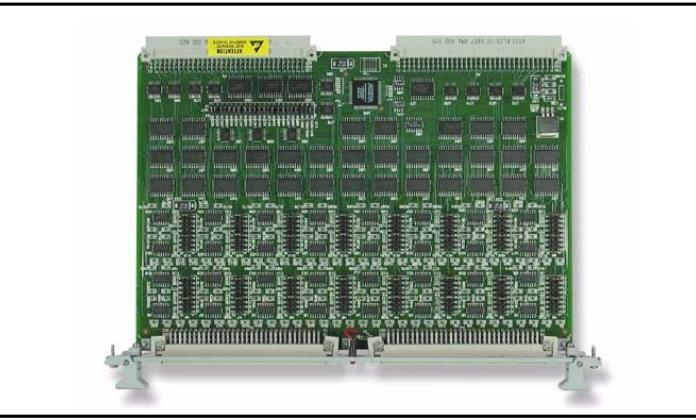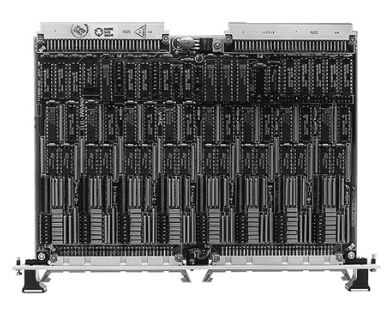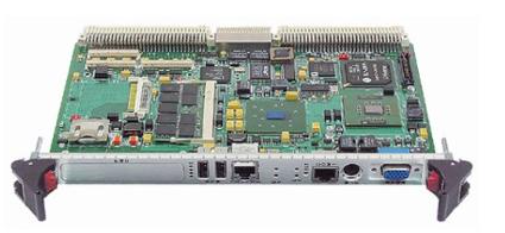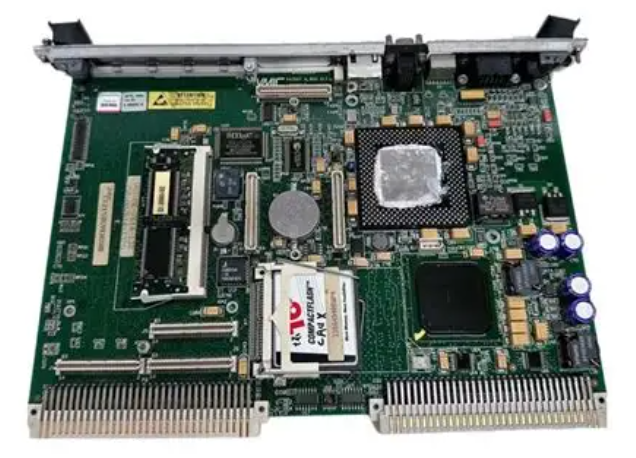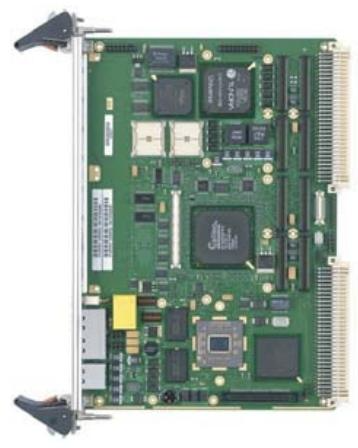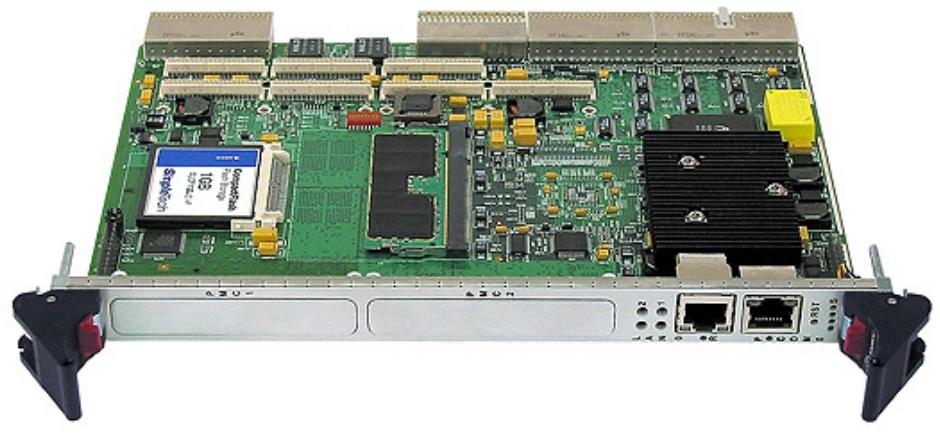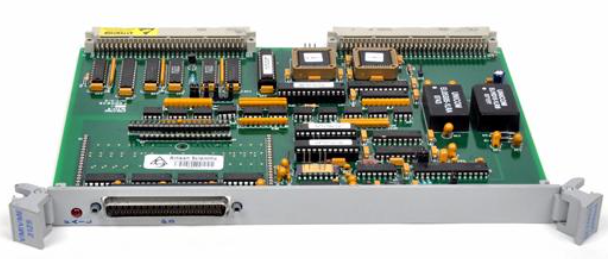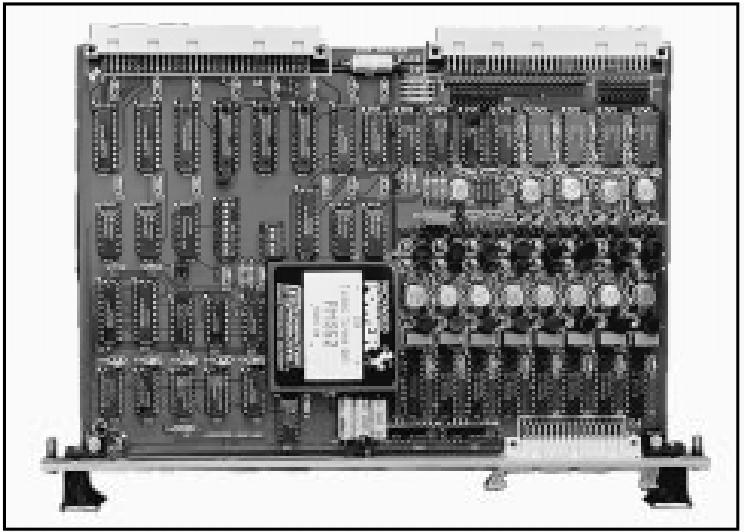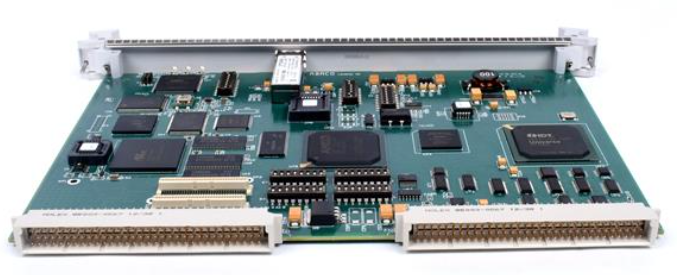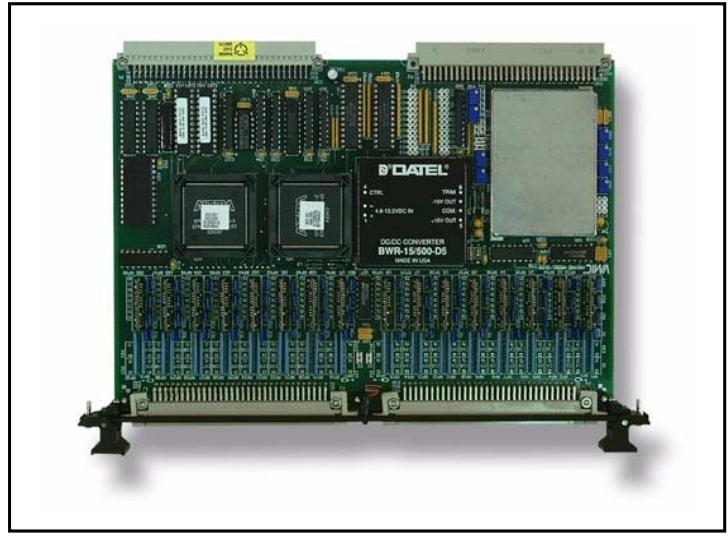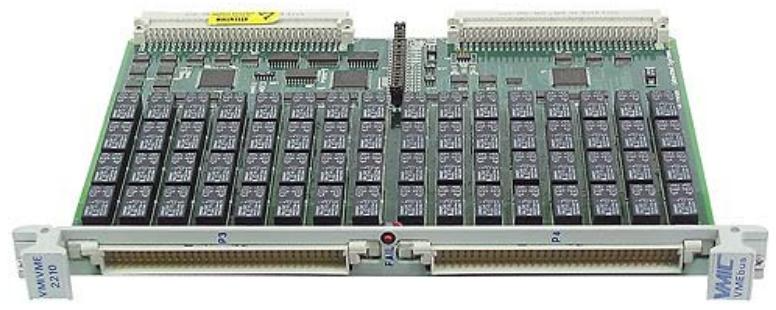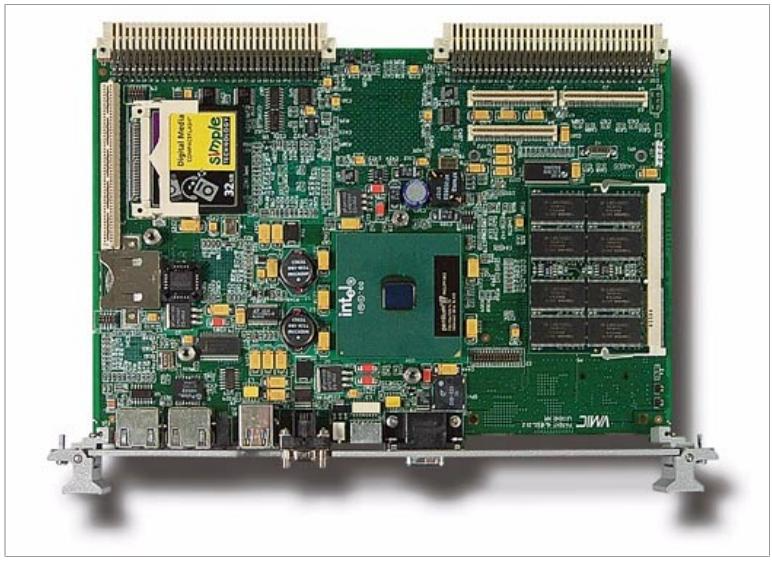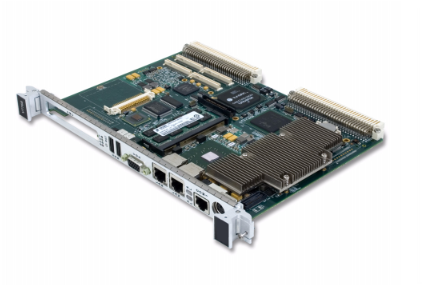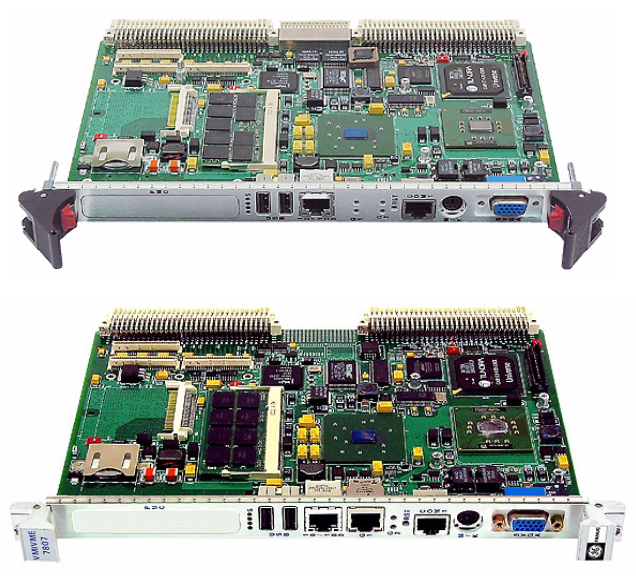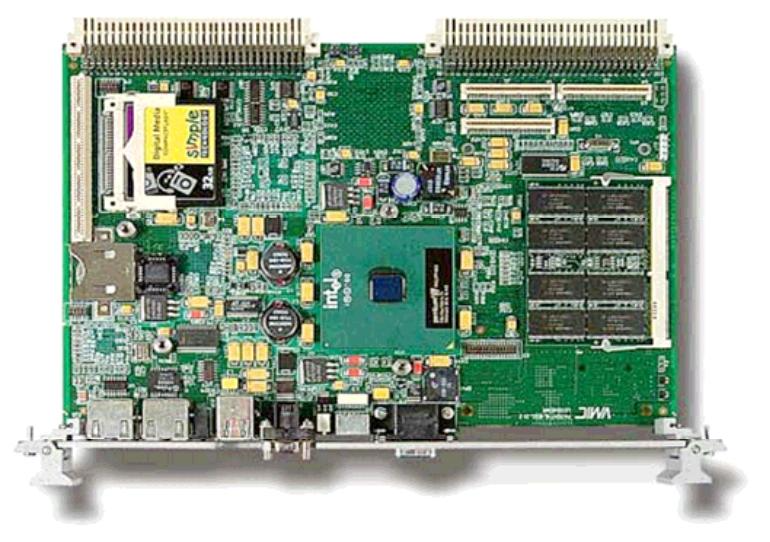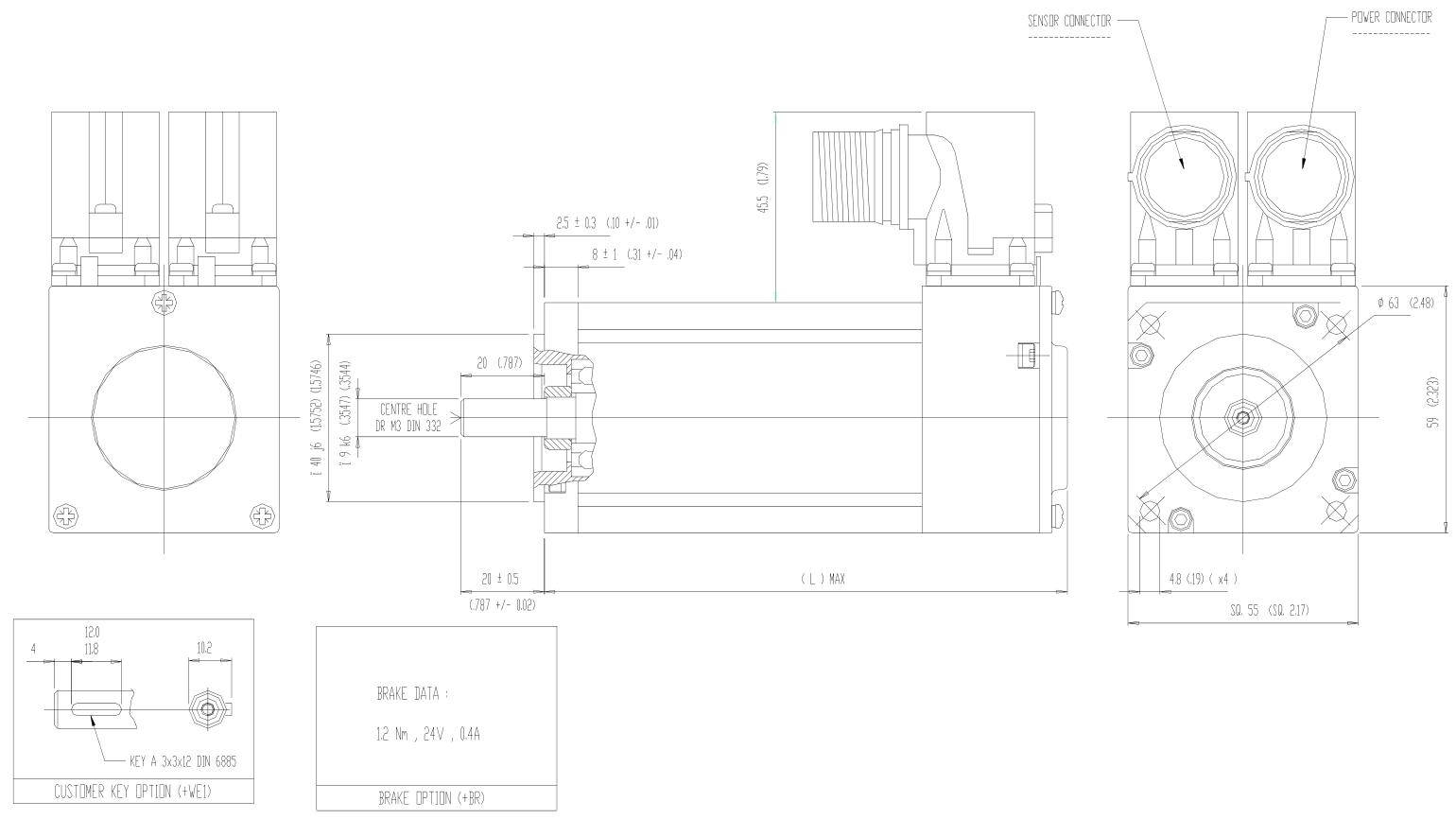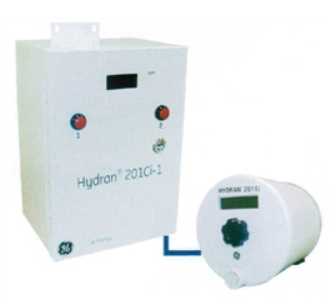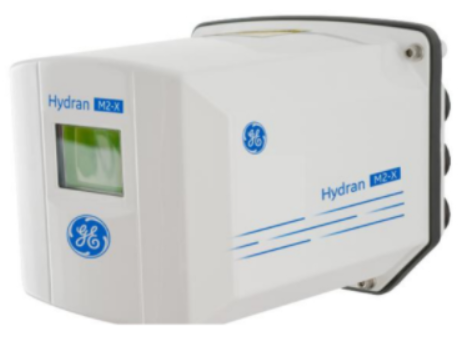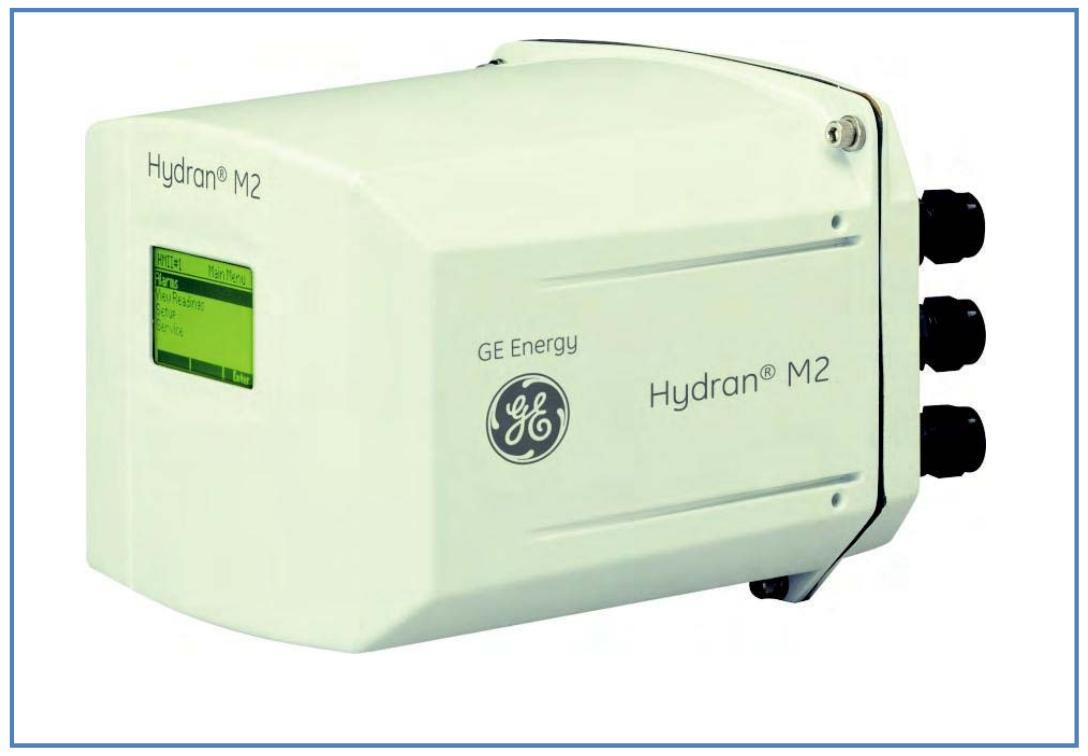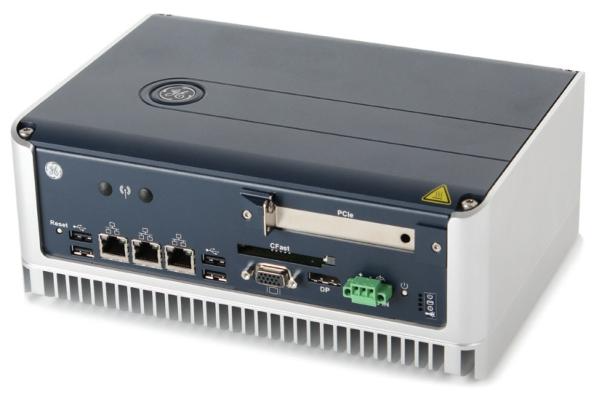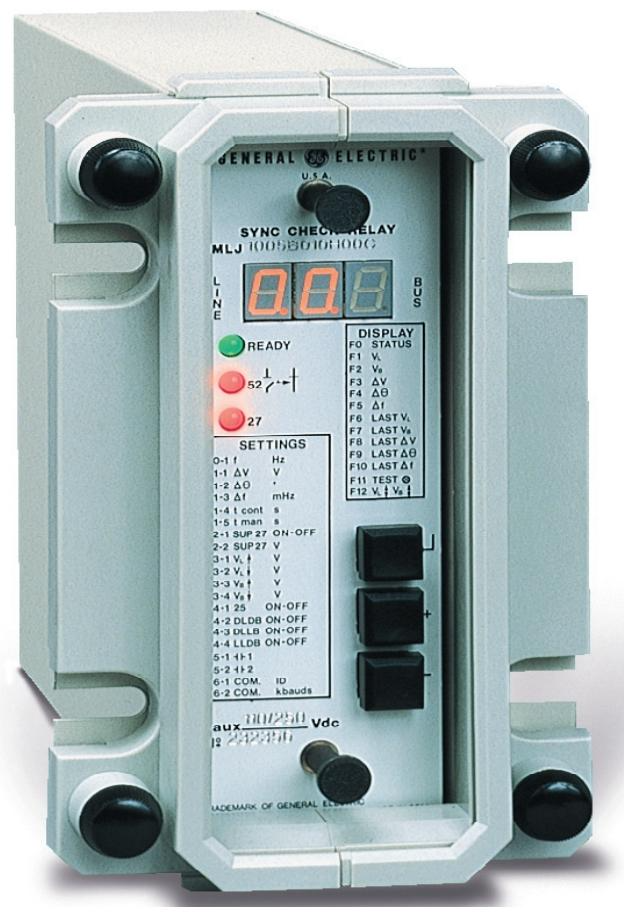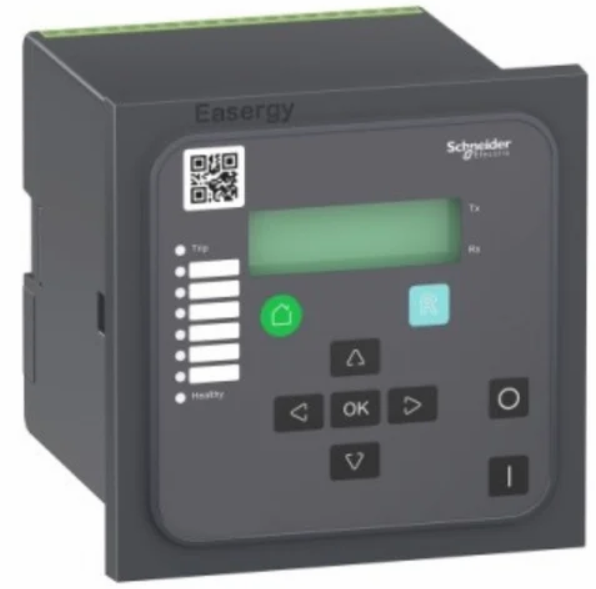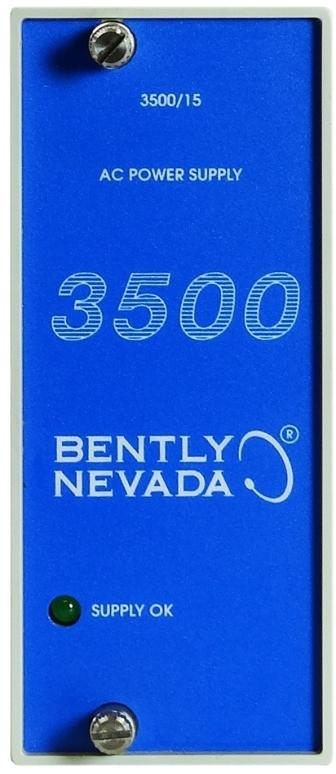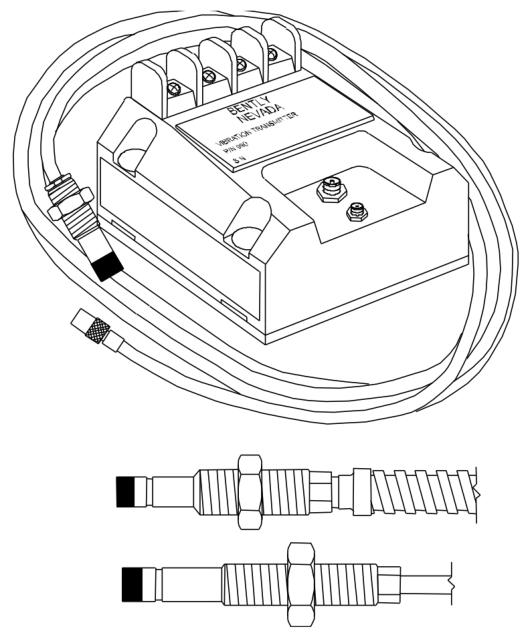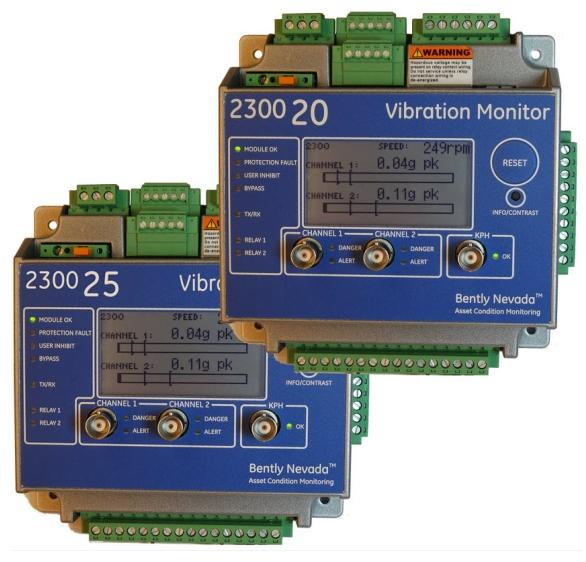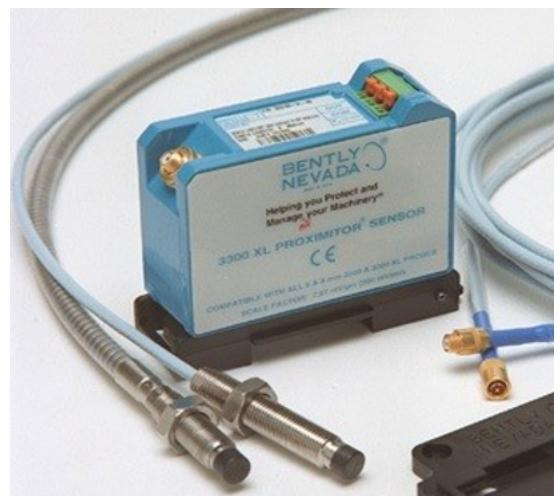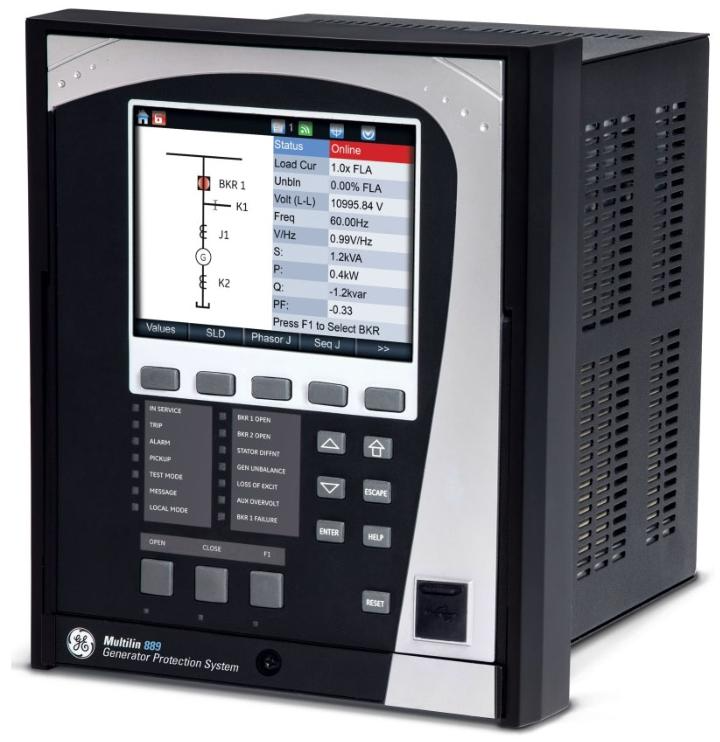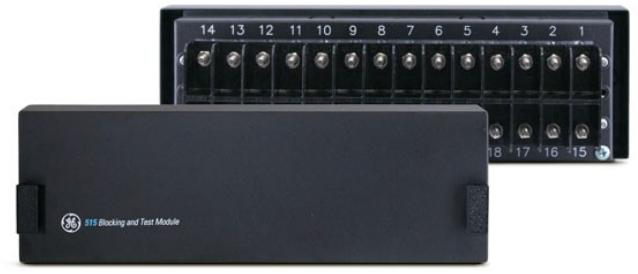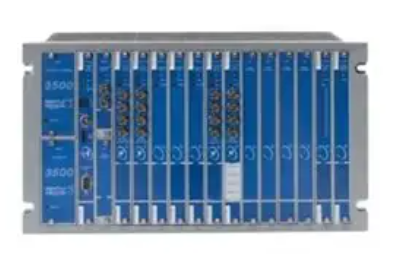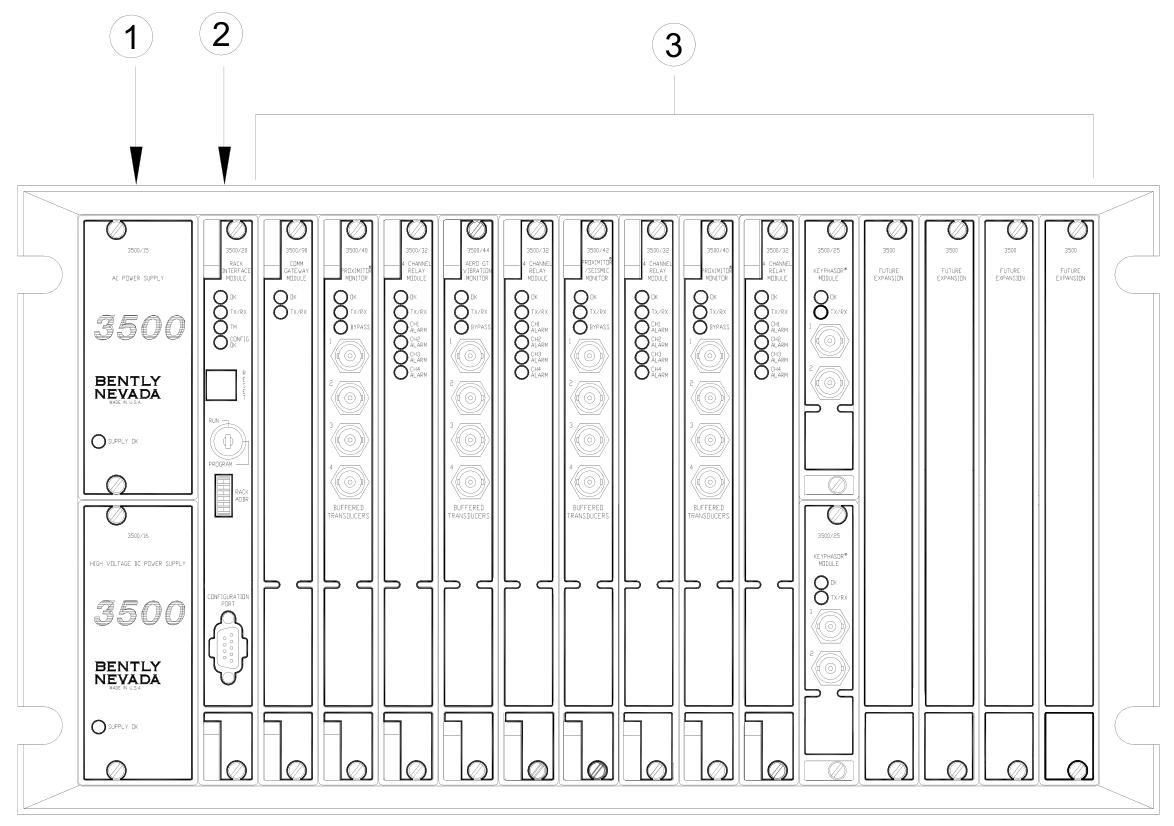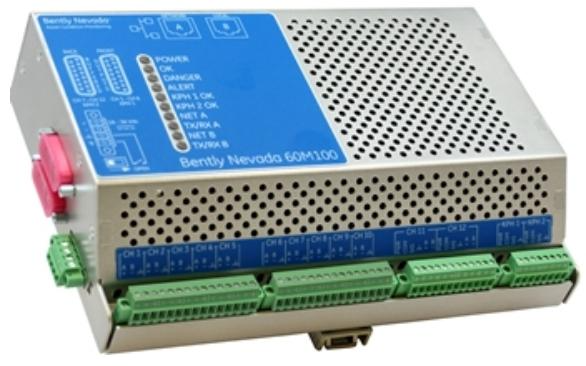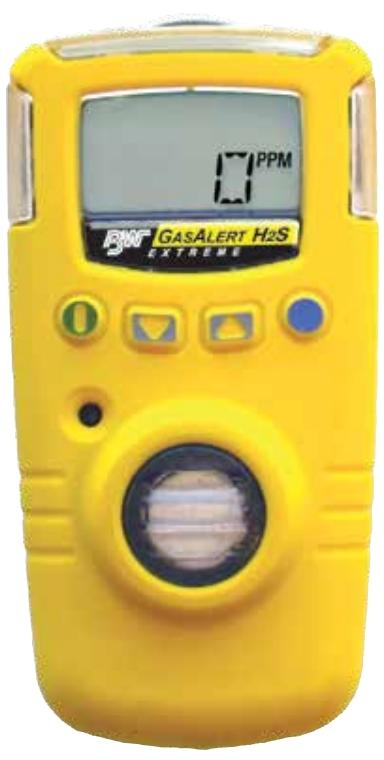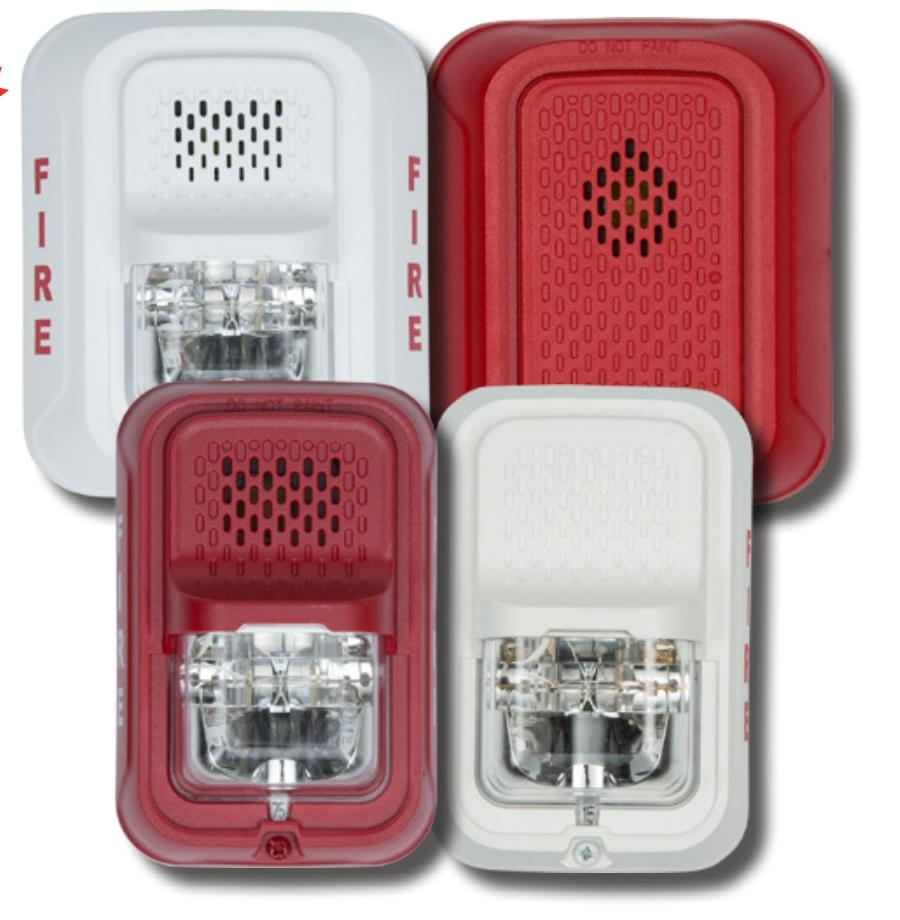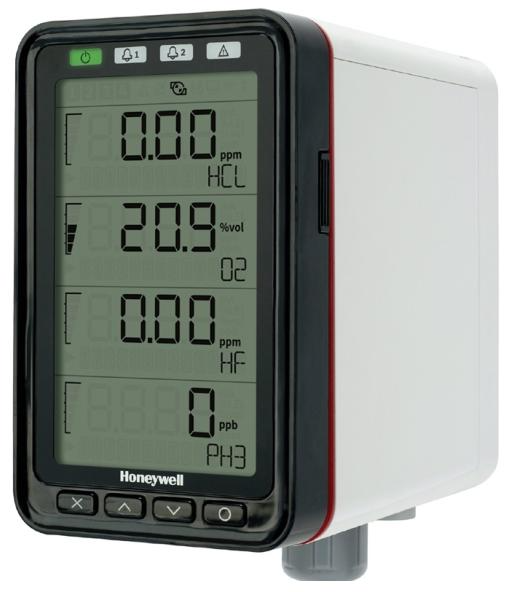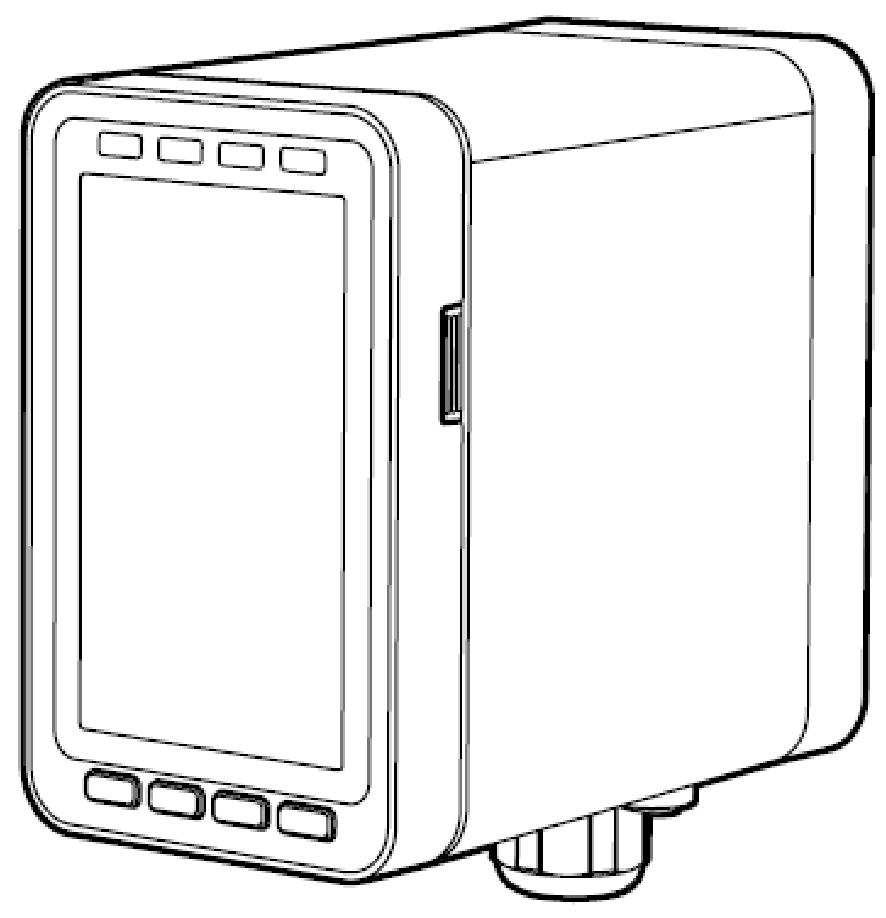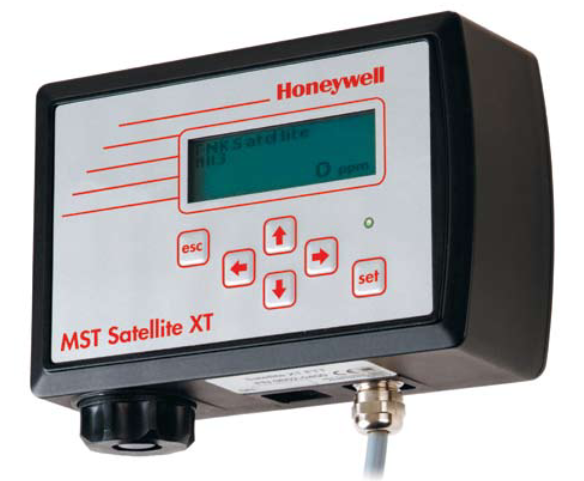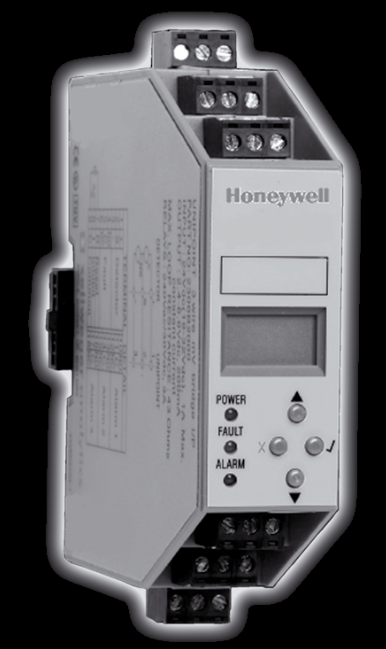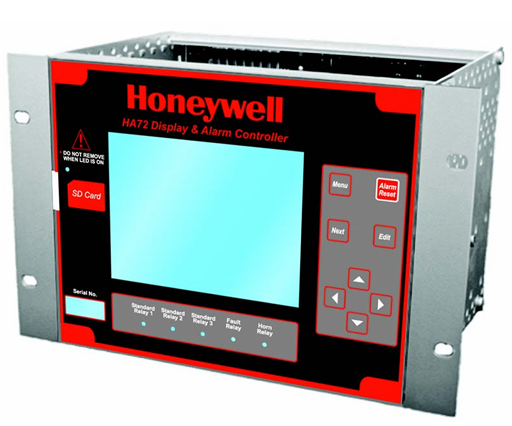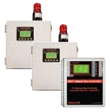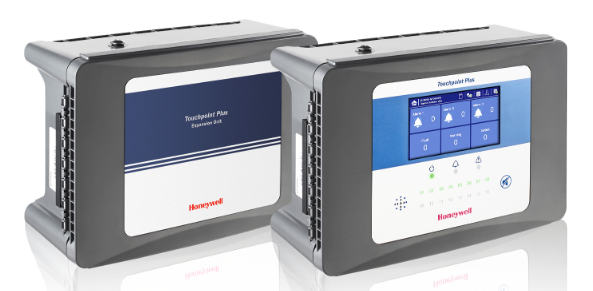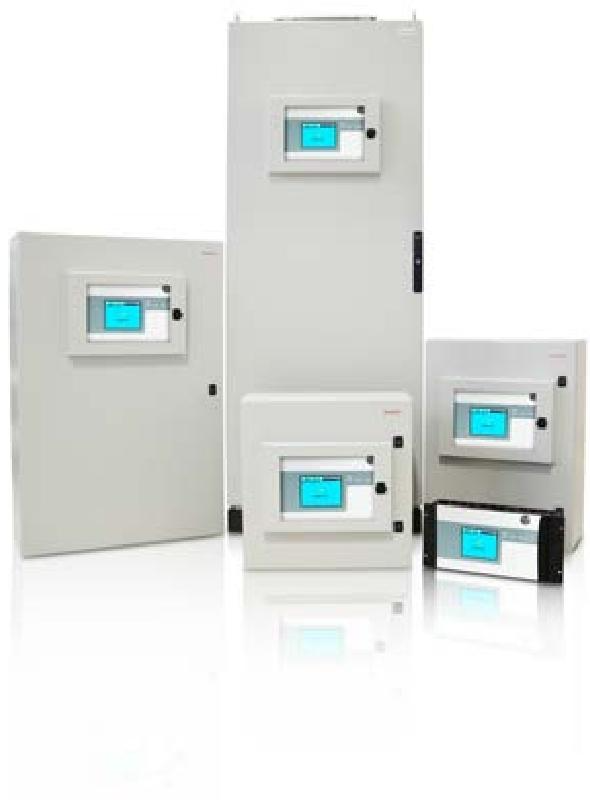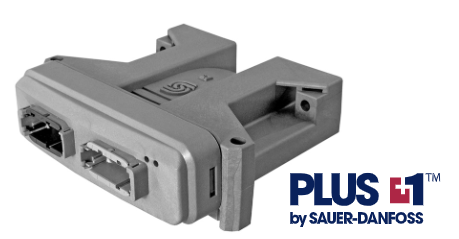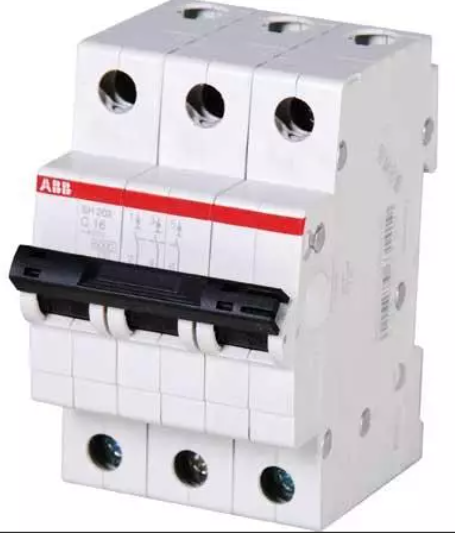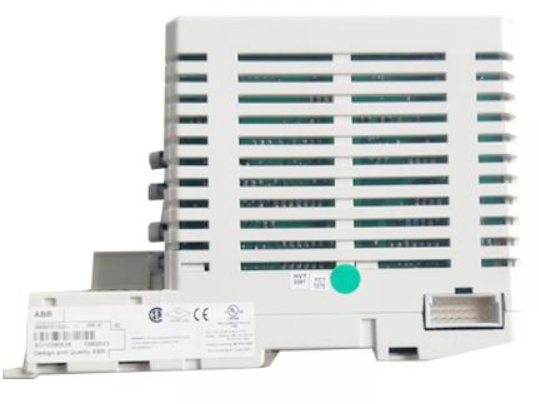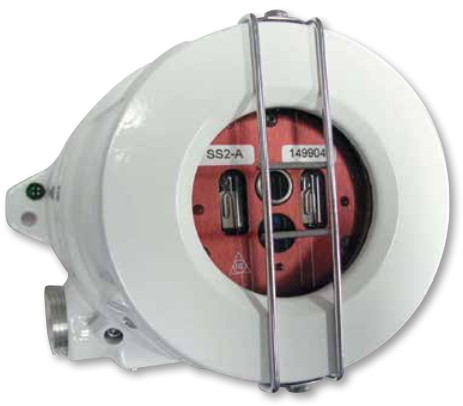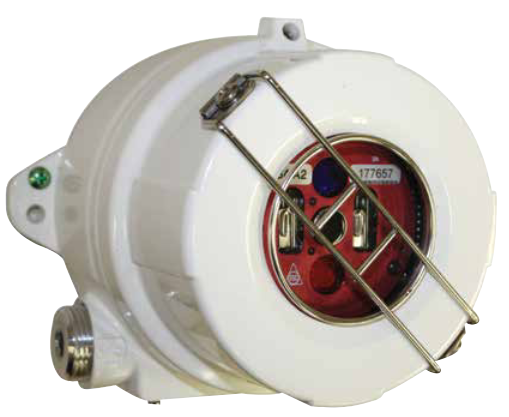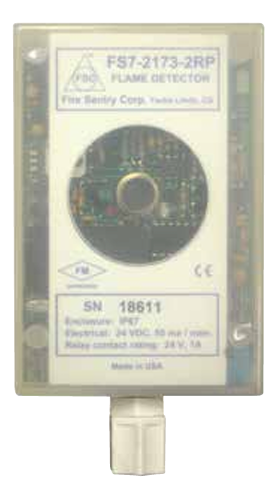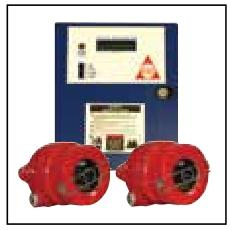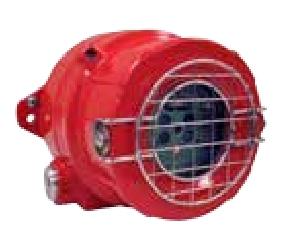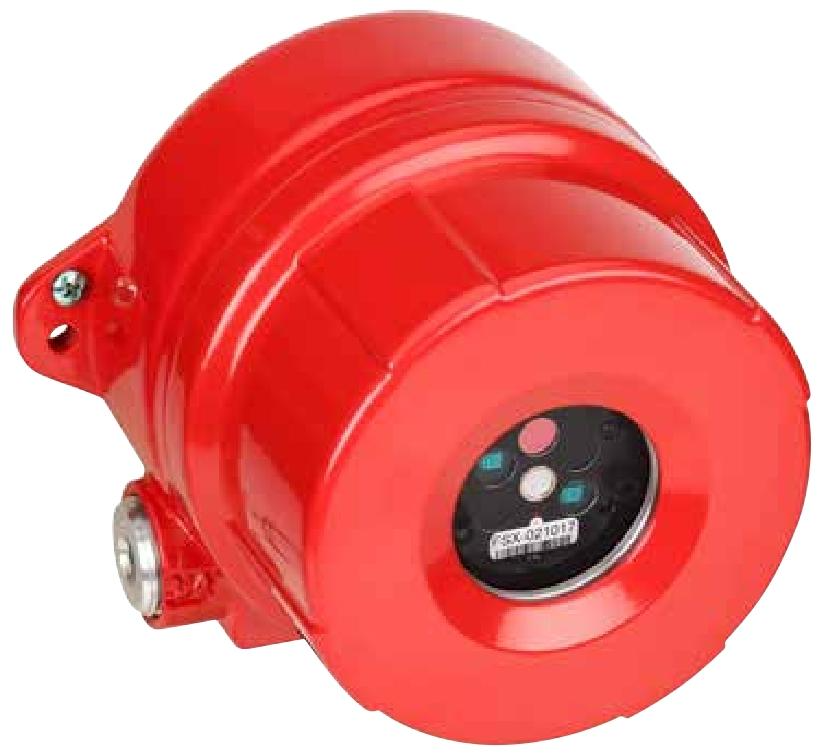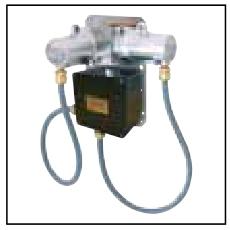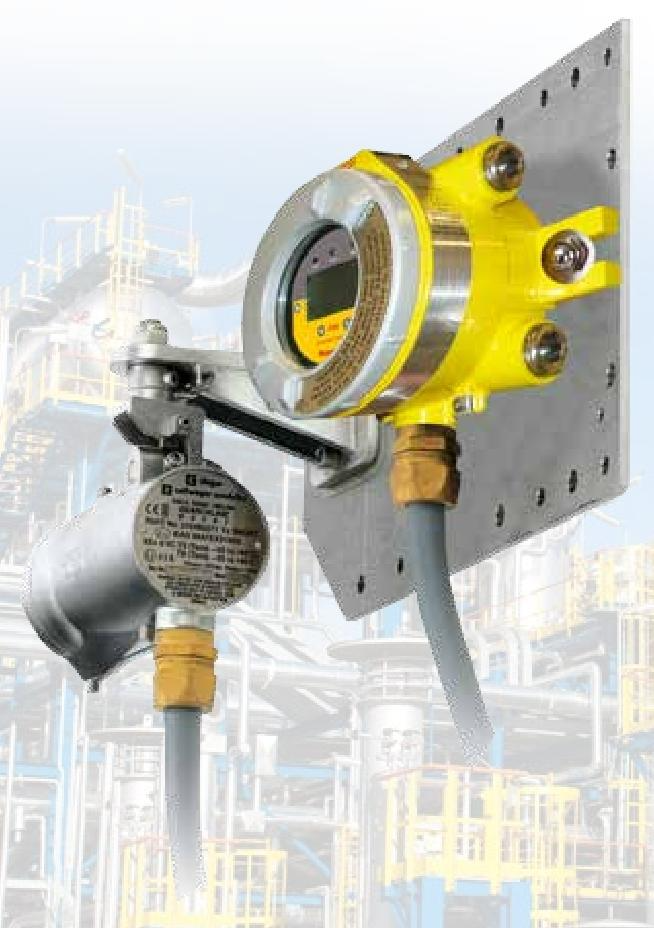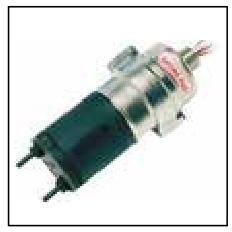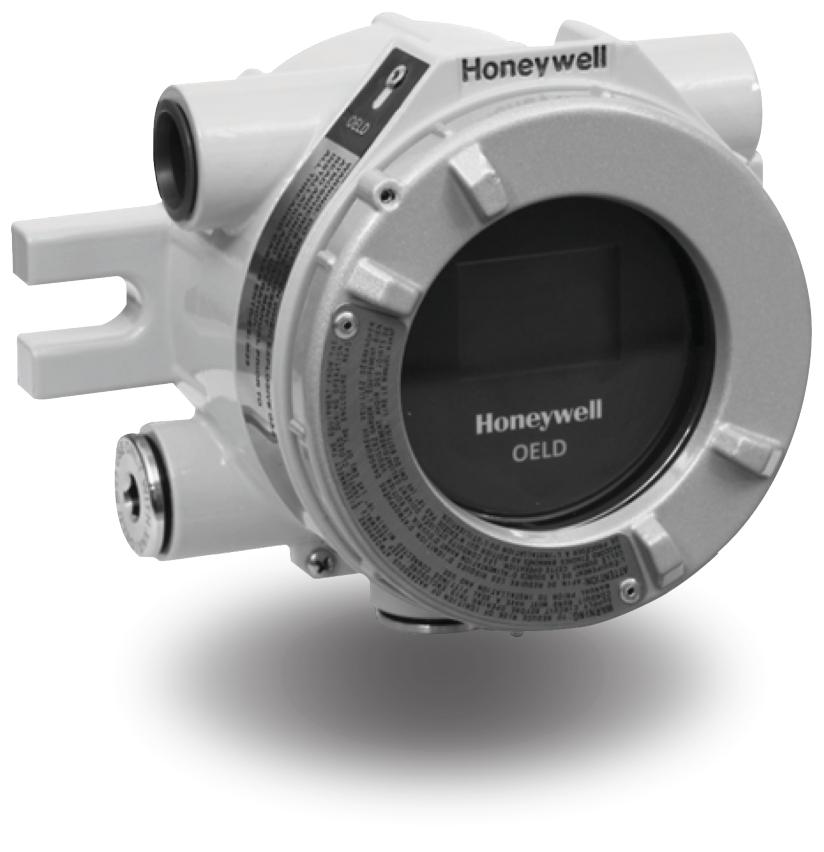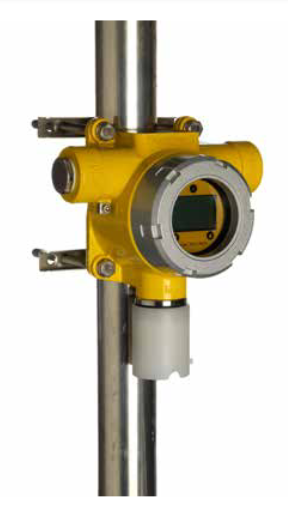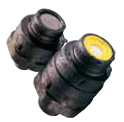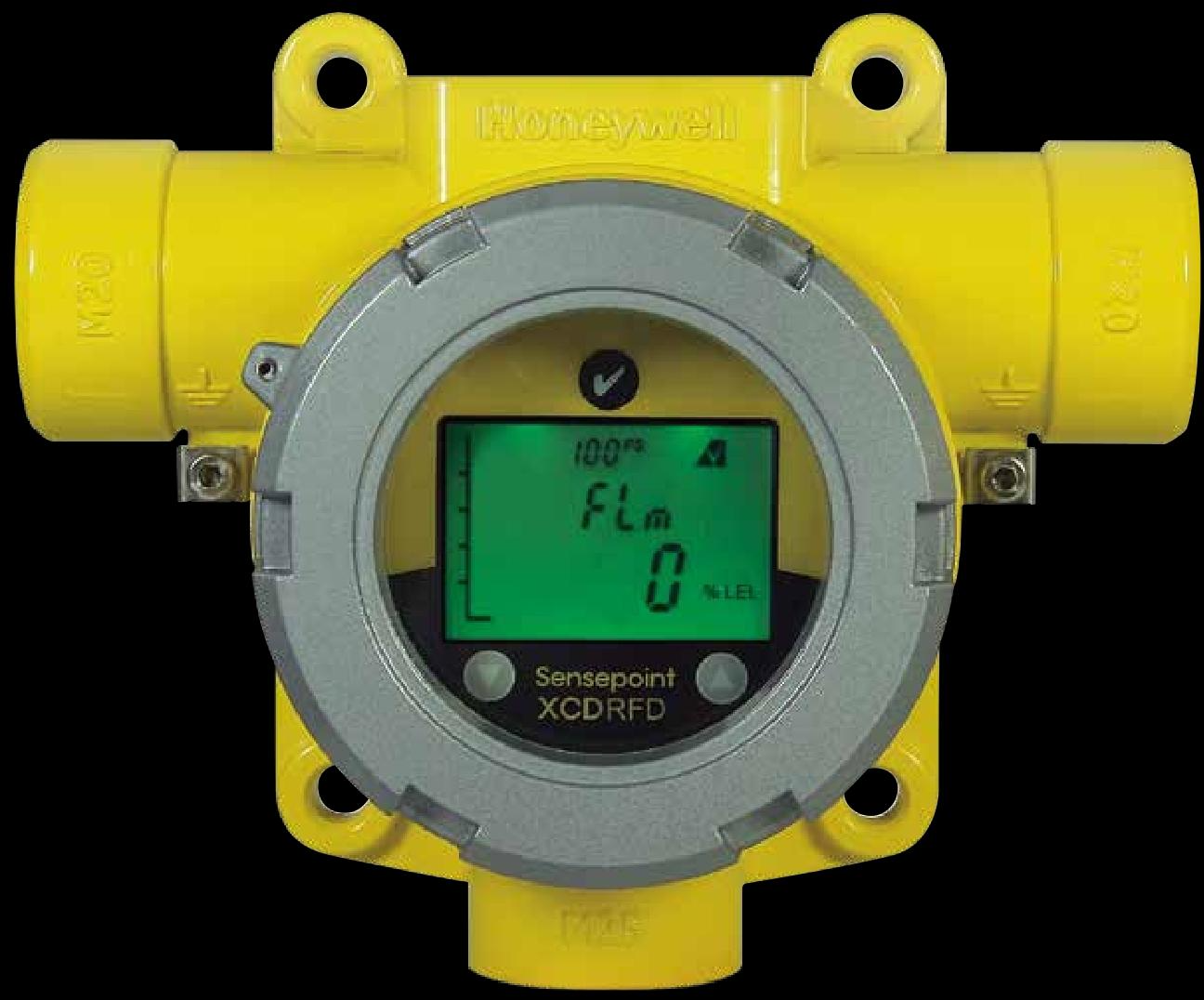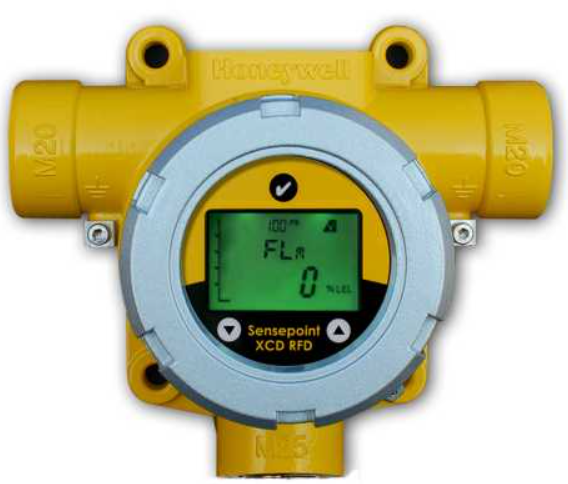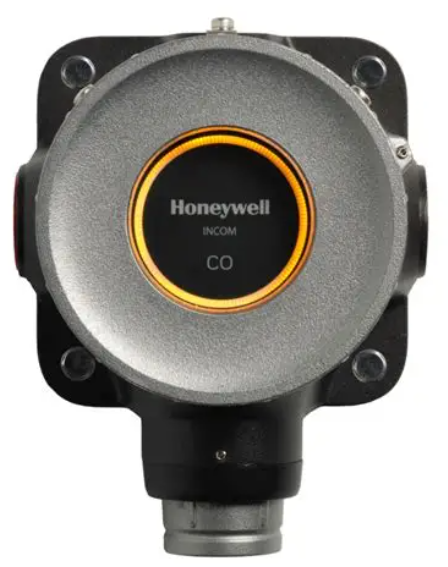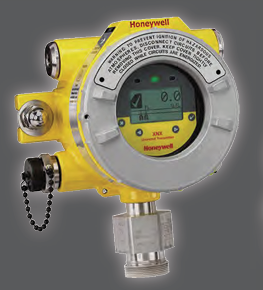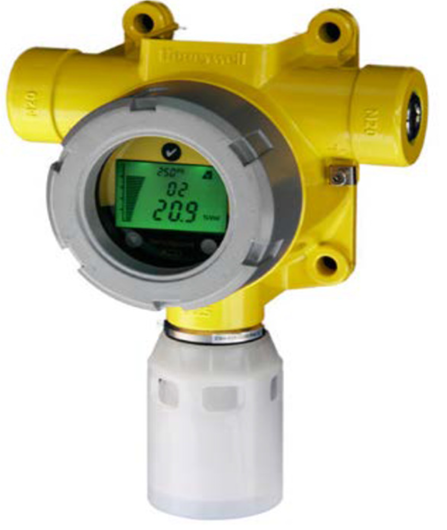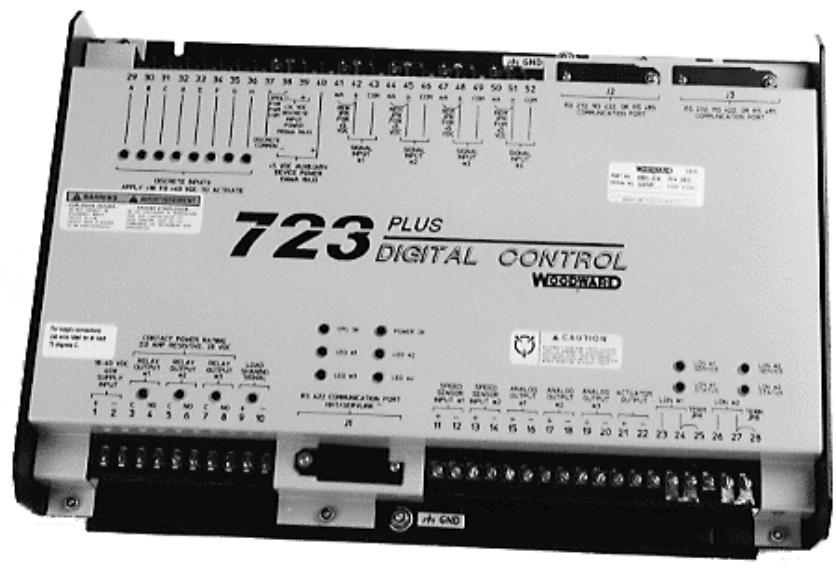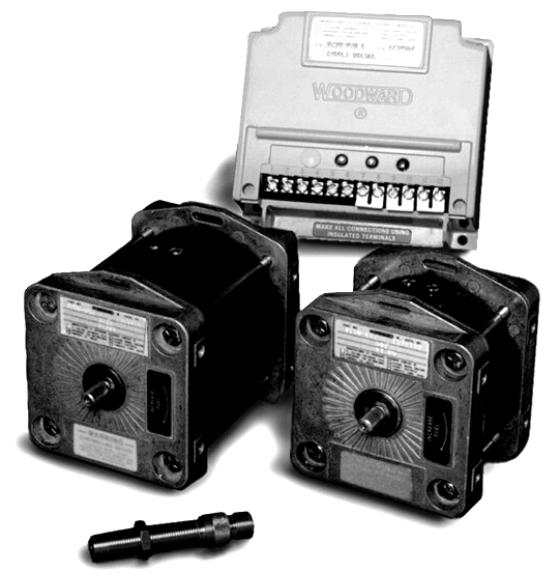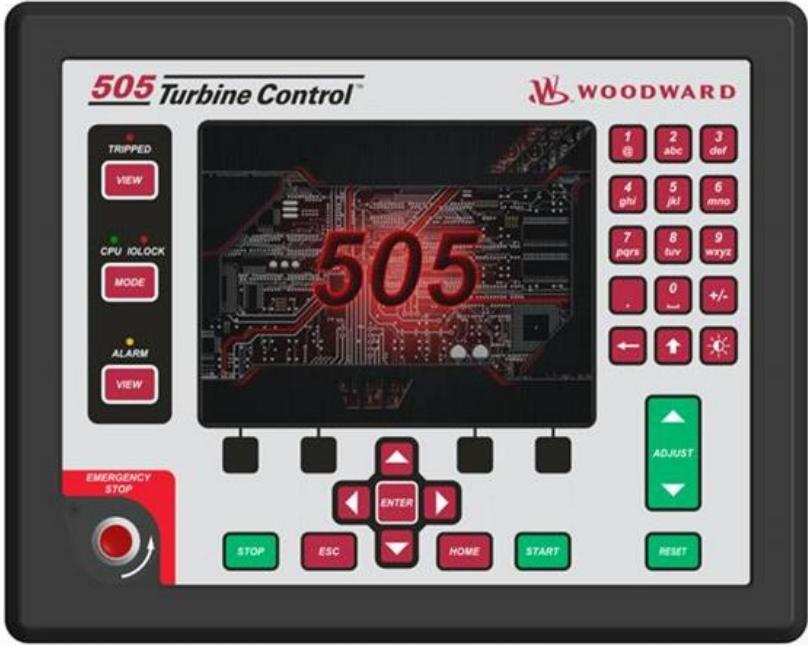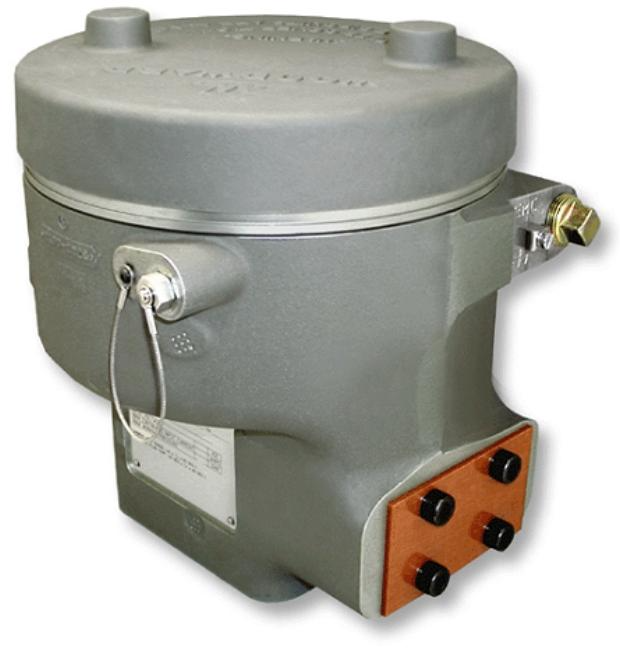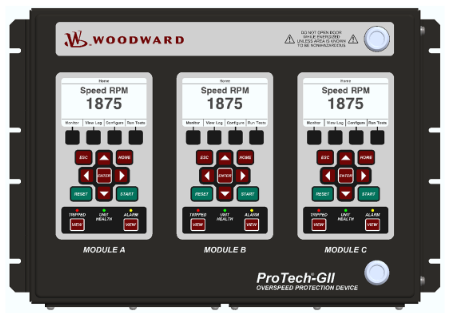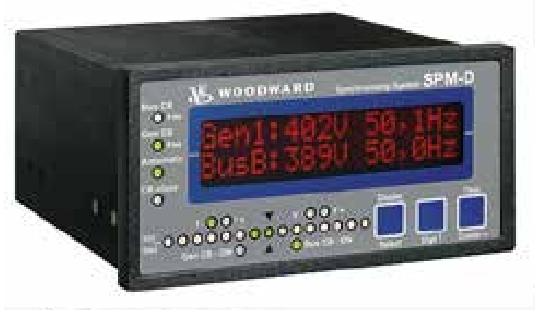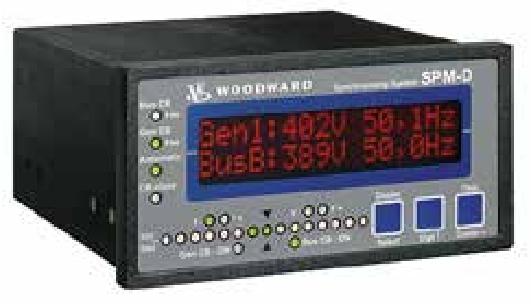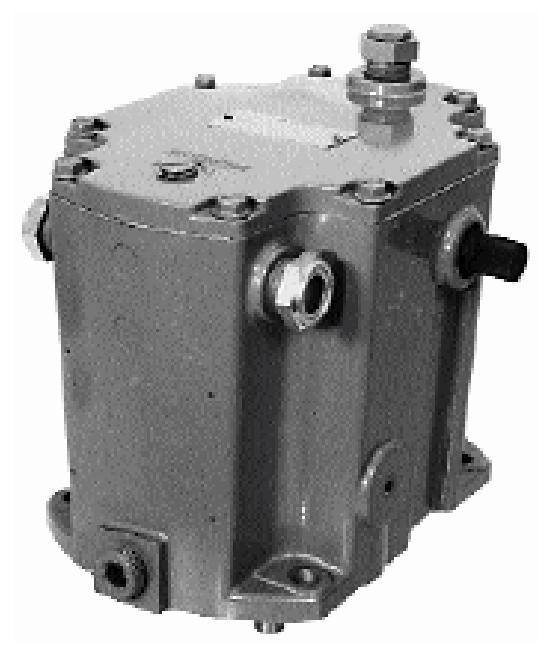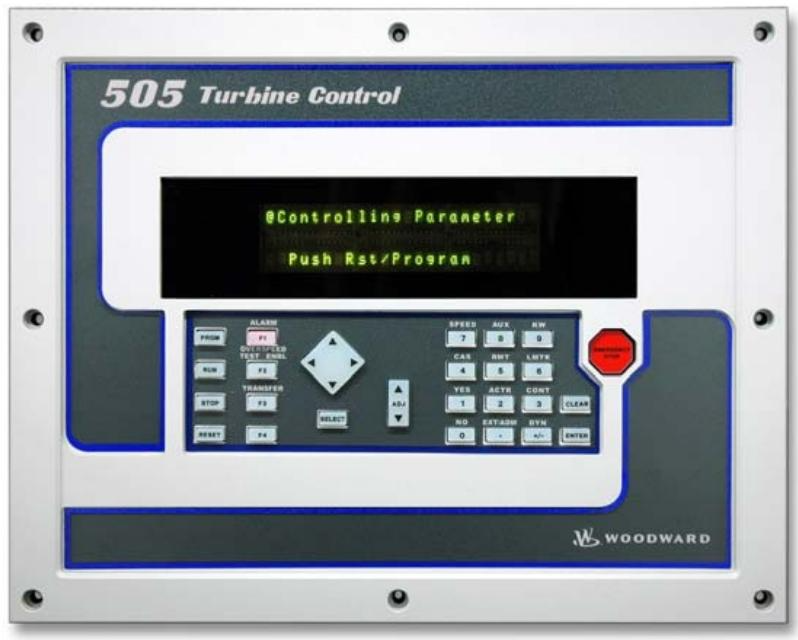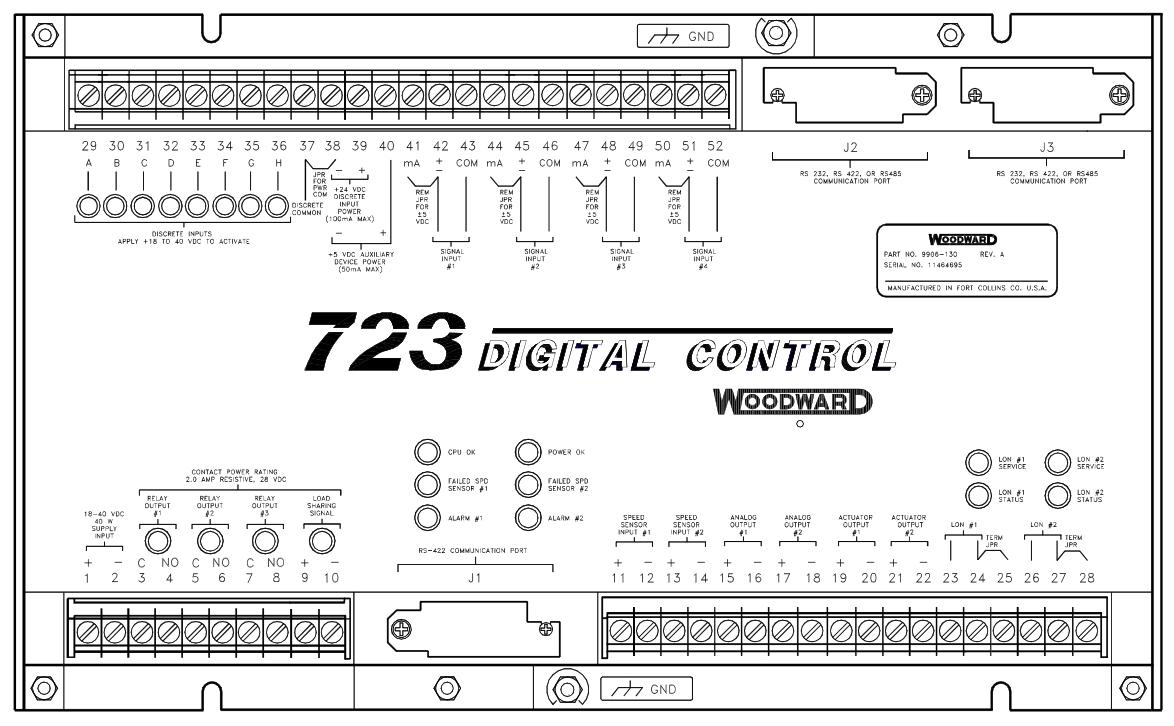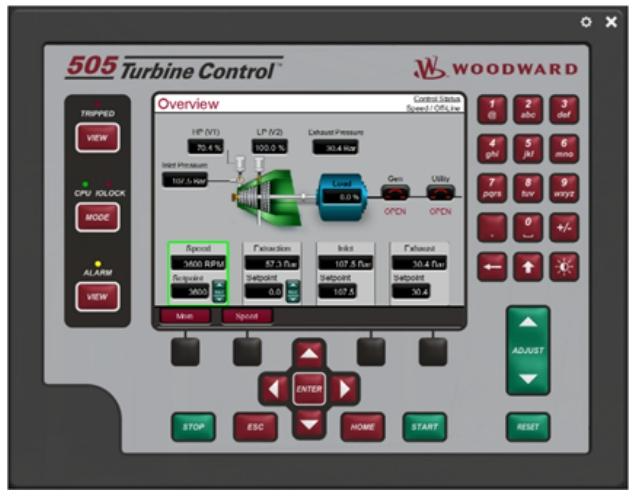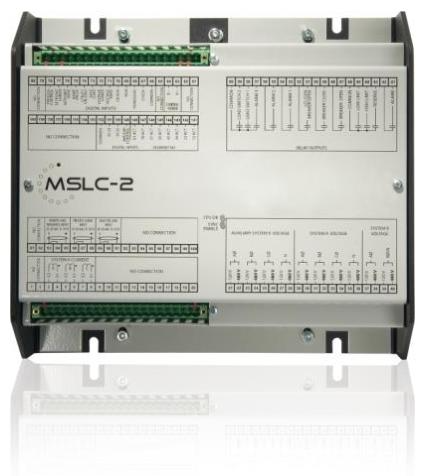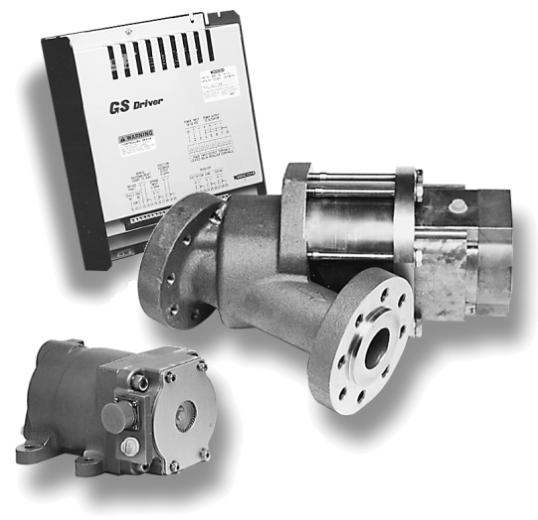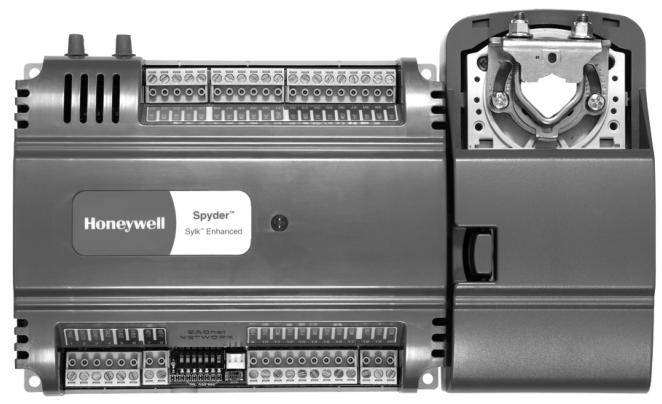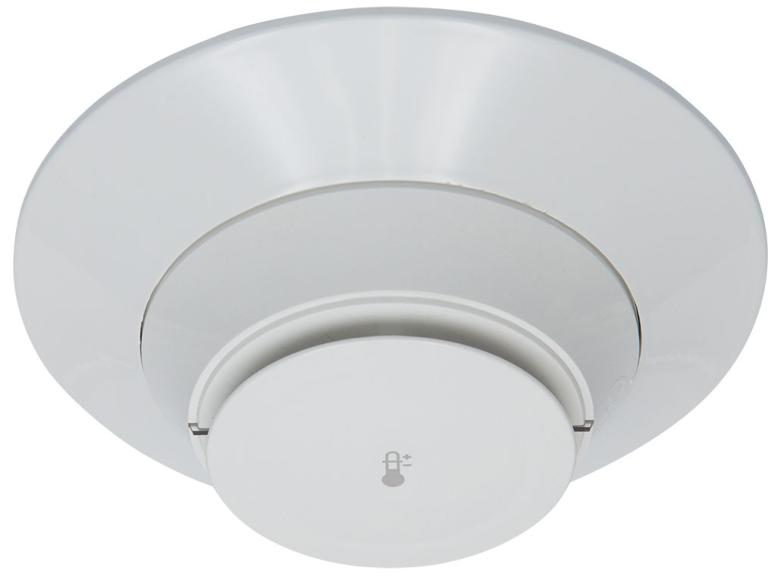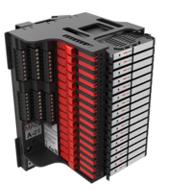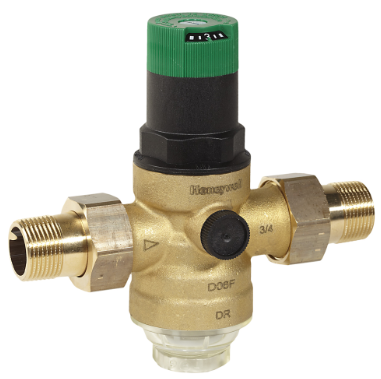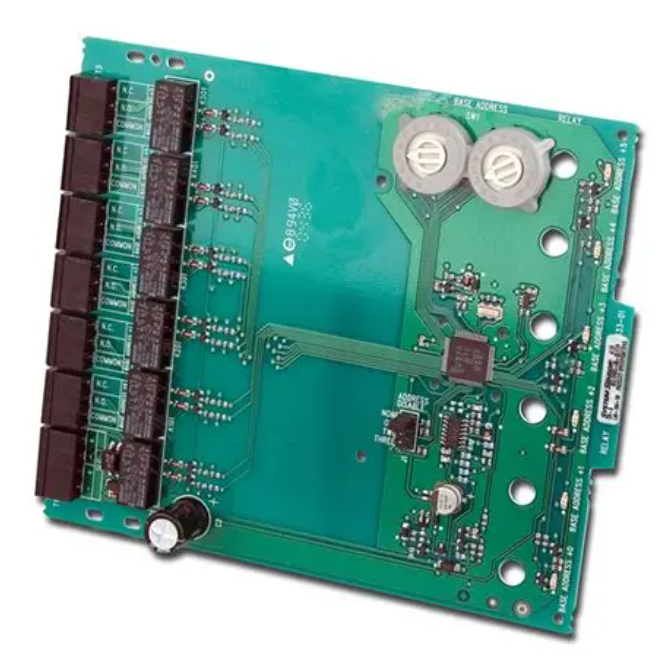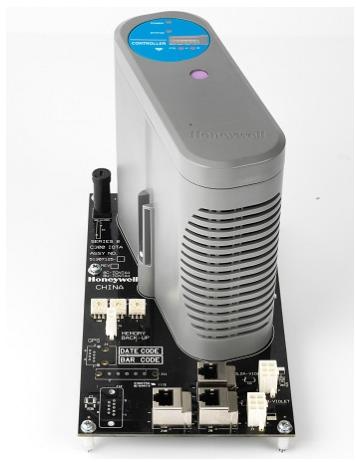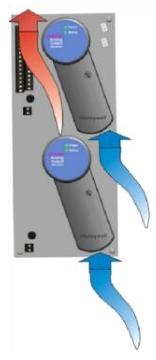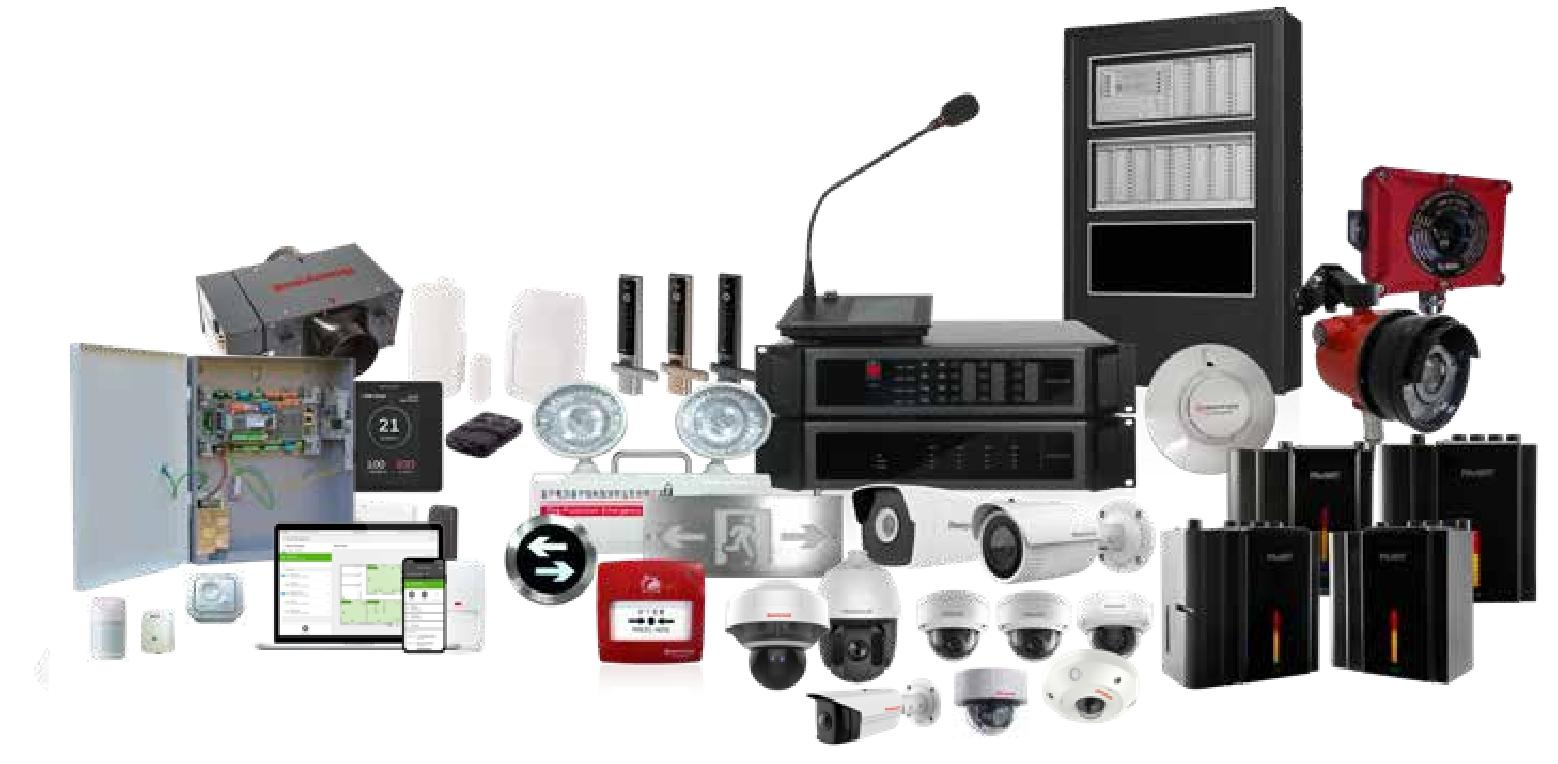

K-WANG
+086-15305925923
Service expert in industrial control field!
Product
Article
NameDescriptionContent
Adequate Inventory, Timely Service
pursuit of excellence


Ship control system
Equipment control system
Power monitoring system
Brand
Description
**ABB 2CDS253001R0377: Unmatched Performance in Power Industry, Petrochemical, and General Automation**
ABB 2CDS253001R0377 - circuit protection, breaker
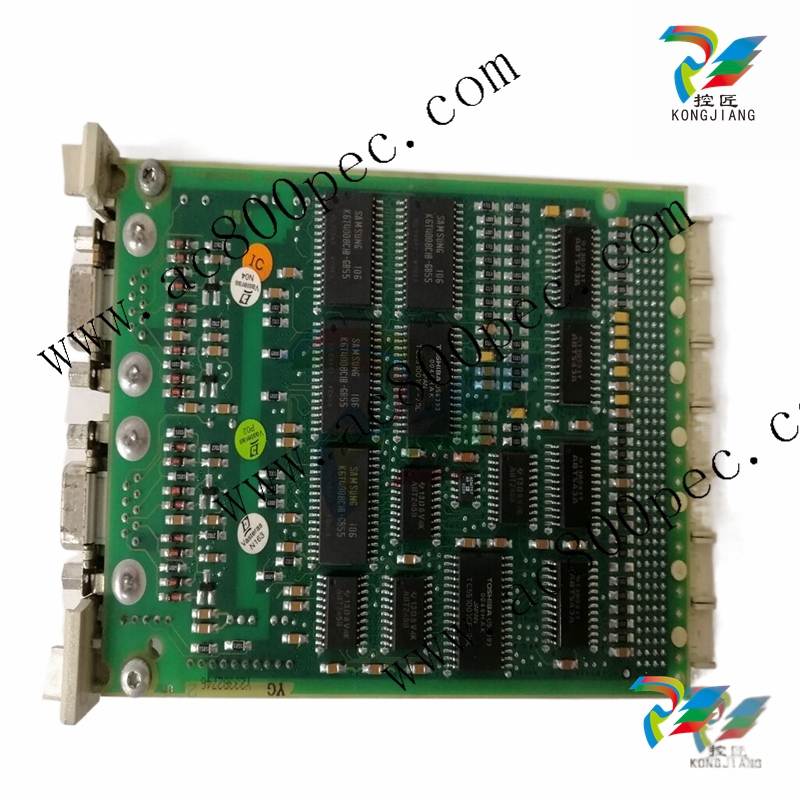
ABB 2CDS253001R0377 - circuit protection, breaker
**ABB 2CDS253001R0377: Unmatched Performance in Power Industry, Petrochemical, and General Automation**
The ABB 2CDS253001R0377 stands out as a premier choice for automation solutions in the power industry, petrochemical sector, and general automation applications. This model is engineered for durability, high performance, and exceptional reliability, ensuring it meets the rigorous demands of today's industrial environments.
**Key Technical Features**
The ABB 2CDS253001R0377 boasts impressive input/output capacity, providing robust capabilities for various applications. With an input voltage range of 24V to 240V, it is designed to handle significant load demands while maintaining operational efficiency. Its advanced processing speed allows for quick data analysis and response, making it an ideal fit for critical applications where time is of the essence.
Durability is a hallmark of the 2CDS253001R0377, constructed with high-quality materials that ensure longevity even in challenging conditions. This model is rated for a wide operating temperature range, allowing it to perform reliably in extreme environments typically found in the power industry and petrochemical sites. Additionally, with integral protection features, it minimizes downtime and enhances the overall lifecycle cost-effectiveness.
**Real-World Usage Scenarios**
ABB 2CDS253001R0377 excels in various scenarios, particularly in environments requiring stringent safety and efficiency standards. In the power industry, it is ideal for monitoring and controlling power distribution systems, ensuring optimal performance and reliability. The petrochemical sector benefits from its ability to manage complex automation processes, from refining to chemical processing, where precision is paramount.
Moreover, the versatility of the 2CDS253001R0377 makes it suitable for general automation tasks, including assembly line operations and process control. Its seamless integration with other ABB automation products, such as ABB E200 and ABB ACS880, enhances operational efficiency and productivity.
**Comparative Advantages**
When compared to other models in the ABB lineup, such as the ABB 3BHB013088R001 and ABB REM610B55HCNR, the 2CDS253001R0377 offers unique advantages. While the ABB 3BHB013088R001 is known for its high-performance drives, the 2CDS253001R0377's flexibility and robust input/output capacity make it more adaptable to various applications. Additionally, the ABB REM610B55HCNR serves specific protection functions, but the 2CDS253001R0377 provides a broader scope of automation capabilities, making it a more comprehensive solution.
**Complementary ABB Models**
The ABB 2CDS253001R0377 works harmoniously with several related models, enhancing the overall automation ecosystem. For instance, integrating it with the ABB ACS800-04-0030-3 can optimize performance in drive control applications. The ABB 5SHY35L4520 can be employed alongside the 2CDS253001R0377 for advanced monitoring and control tasks.
Similarly, the ABB 1SAM350000R1009 can complement its functionalities in distributed control systems, while the ABB 3BSE003816R1 enhances its capabilities in process automation. Furthermore, using the ABB 3AUA0000077626 allows for effective communication in networked environments.
In applications requiring safety and regulatory compliance, the ABB 1SFL547002R1311 and ABB 1SFA619200R1016 can be integrated to ensure adherence to industry standards. Lastly, the ABB 3BHE023584R2647 and ABB 5STP2665N0019 can provide additional layers of efficiency and reliability.
In conclusion, the ABB 2CDS253001R0377 represents a powerful solution for the power industry, petrochemical, and general automation applications. Its unique features, real-world applicability, and compatibility with a range of other ABB models make it an essential component for any modern industrial automation system. Embrace the future of automation with ABB 2CDS253001R0377 and experience unparalleled performance and reliability.

Purchase history
| User name | Member Level | Quantity | Specification | Purchase Date |
|---|
Total 0 Record
Customer Reviews
Satisfaction :
5 Stars
No evaluation information
















